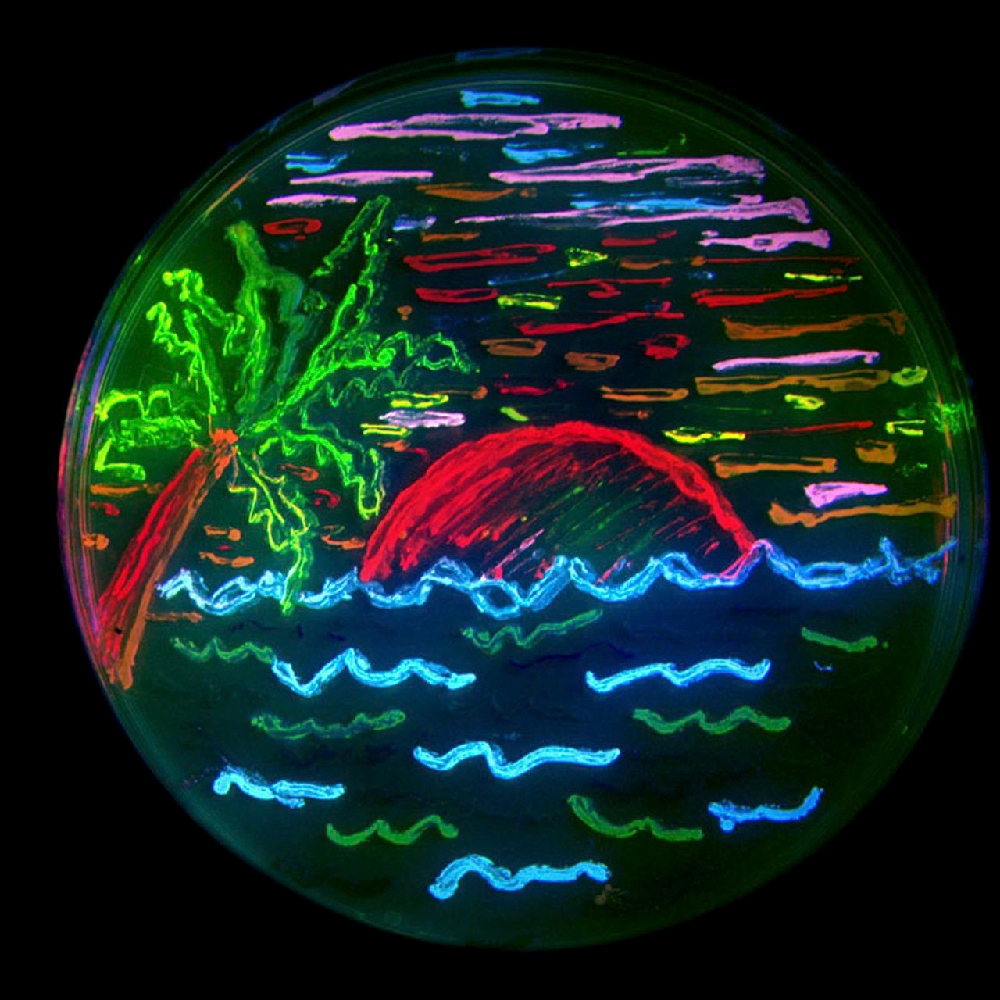The microbiome is all around us. In our exploration of the microboime, we have noticed the beauty in the bacteria and want to celebrate the art, and artists, who are bringing this topic to life.
Below, we explore collections of art and illustration that visualizes the microbiome both scientifically and aesthetically – showcasing the beauty within the science.
Infectious Art is a retailor of microbial artwork, founded by scientist and artist, Erik Carter. Currently a PhD student in Microbiology and Immunology at Drexel University in the United States, Carter has been fascinated by viruses for nearly a decade and passionate about art his entire life. His vision fuses both art and science, resulting in some truly spectacular pieces of art. The beautiful piece below illustrates a human parainfluenza virus (HPIV) particle budding from a host cell.
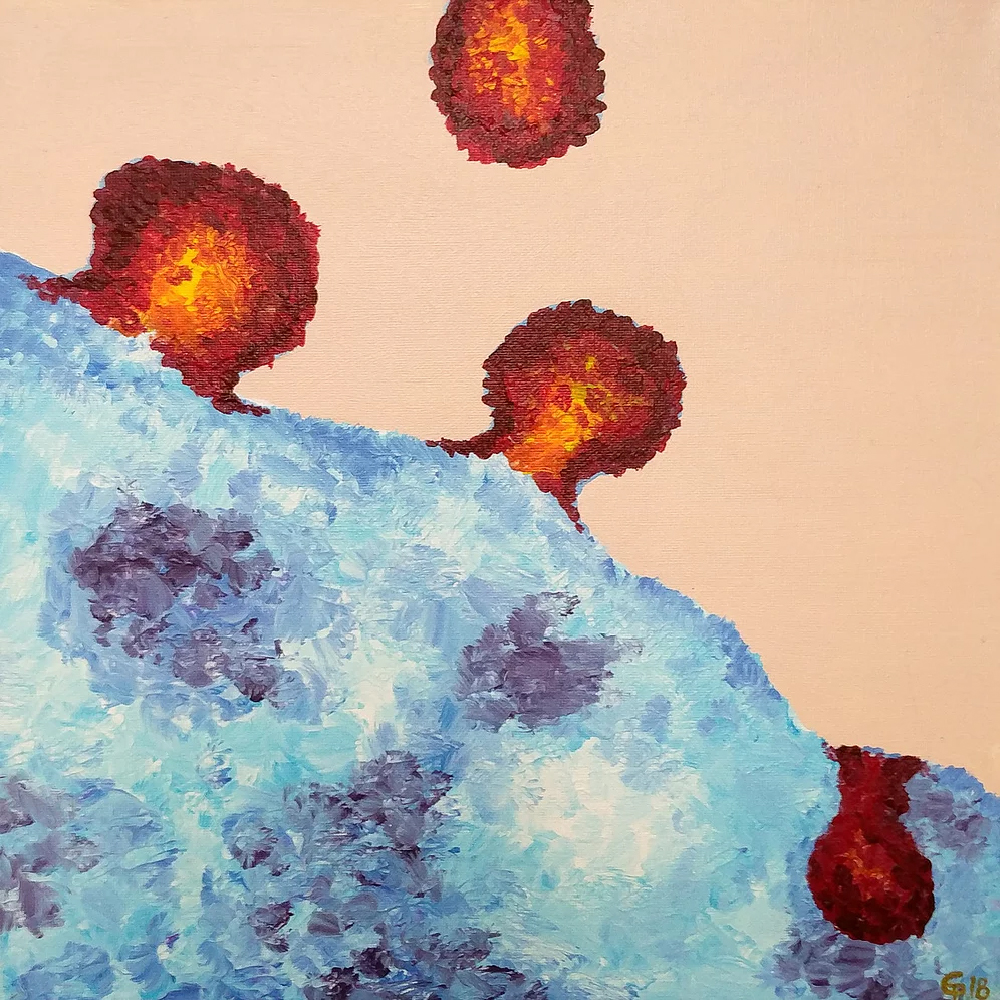
Art student, Sylvia creates beautiful illustrations on her Instagram, inspired by many different forms from data to bacteria. Her pieces often incorporate mesmerizing abstract patterns and striking bright colours. One piece in particular that caught our eye was inspired by bacteria in the form of aboriginal art. Isn’t it beautiful?
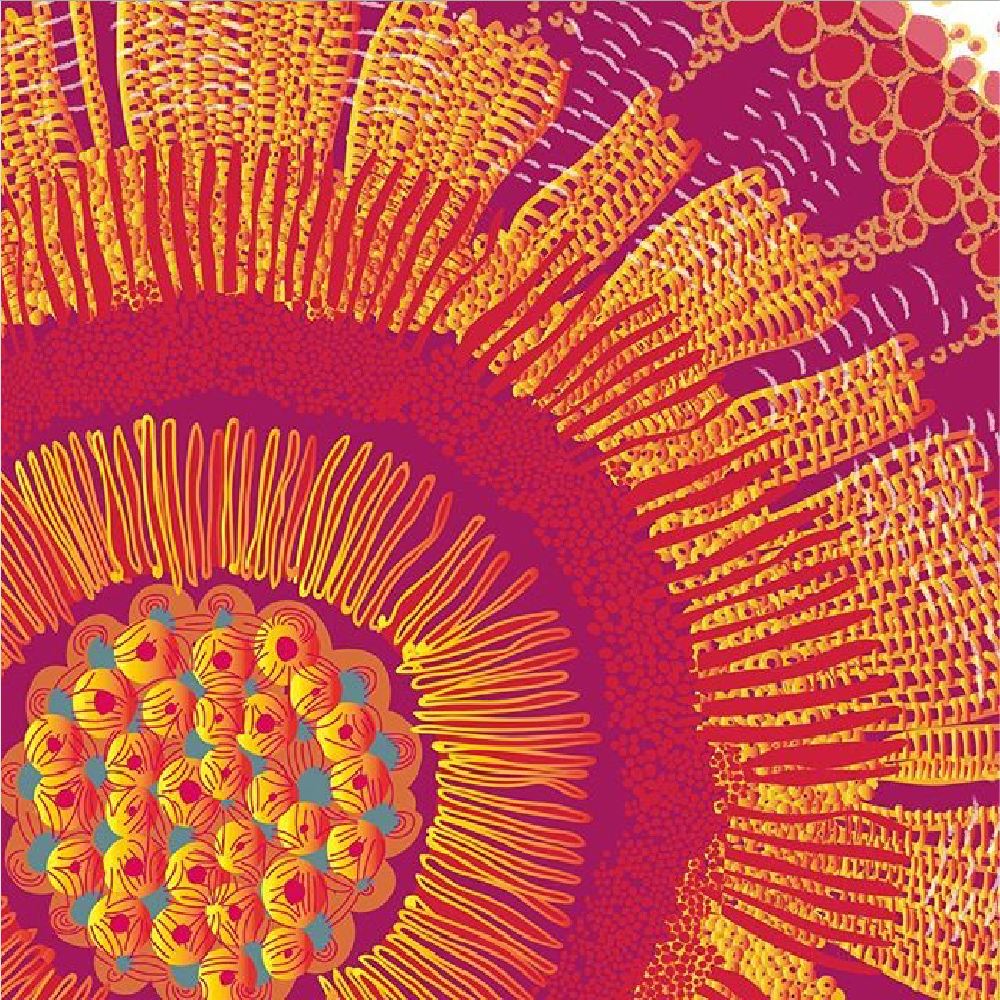
Tasha Sturm uses her social profiles and blog, ‘Everything Mico’, to help educate on the concepts and experiments carried out in microbiology labs. The fascinating and striking images she uploads each tell a story, below illustrates a mixed culture of strep bacteria including, streptococcus pyogenes, beta hemolytic, complete lysis of red blood cells with a clear zone around the colonies.
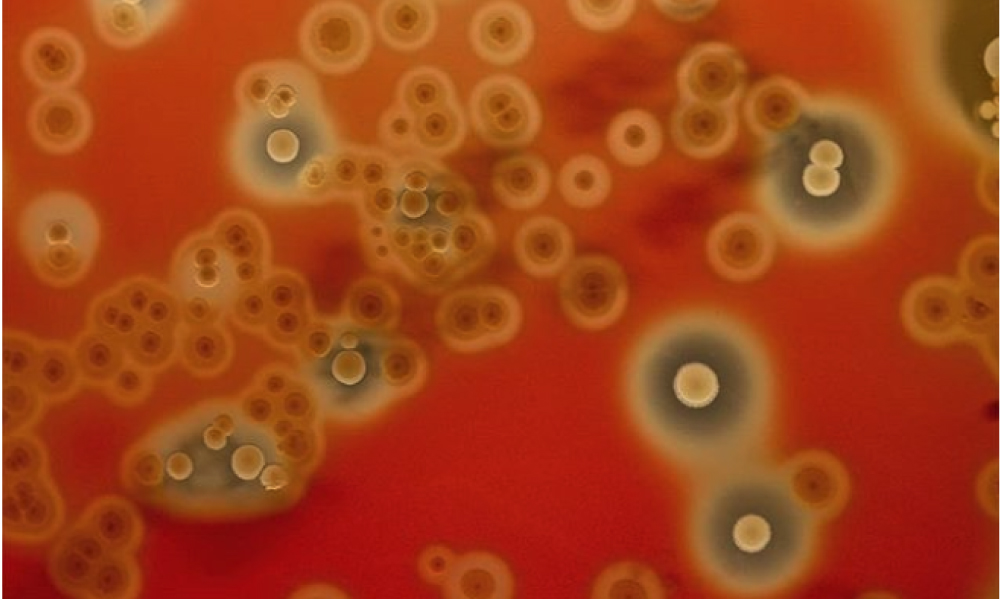
Recently, The Scientist featured images from the American Society of Microbiology which featured images created from microorganisms feeding on agar. This type of art is known as agarart, an art form that is created by culturing microorganisms in certain patterns.
The dish below won 1st place at the 2018 American Society of Microbiology contest, it’s titled, “The Battle of Winter and Sping” by Ana Tsitsishvili. You can even watch Ana giving a TED talk here on ‘Colourful, Transparent air.’
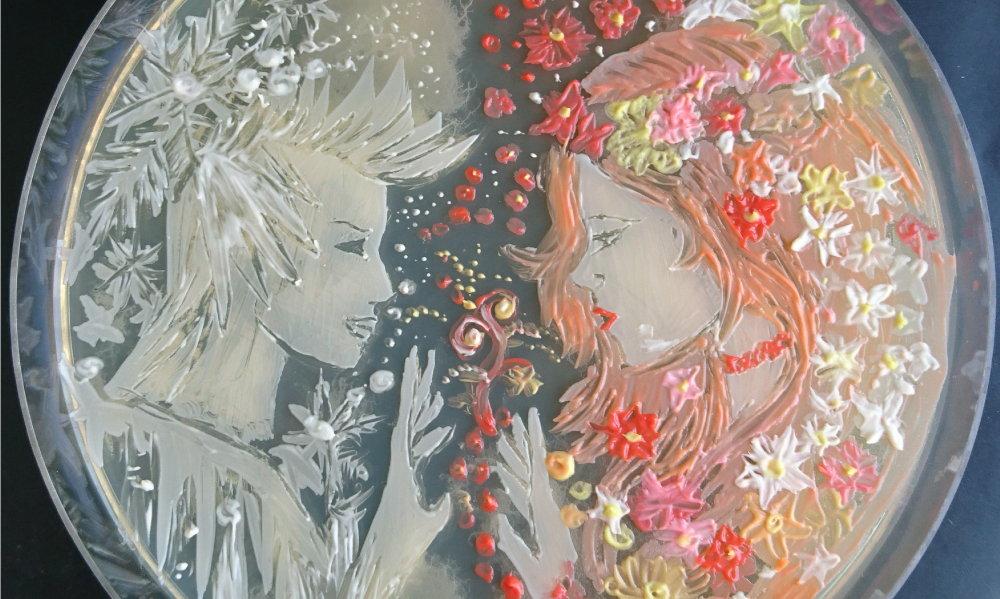
There are a thousand things that can damage a work of art, a new study featured in the journal, PLOS ONE, discovered another path of destruction, in the form of bacteria and fungi. The example below showcases the bacteria found and the microbial colonization on a 17th-century painting.
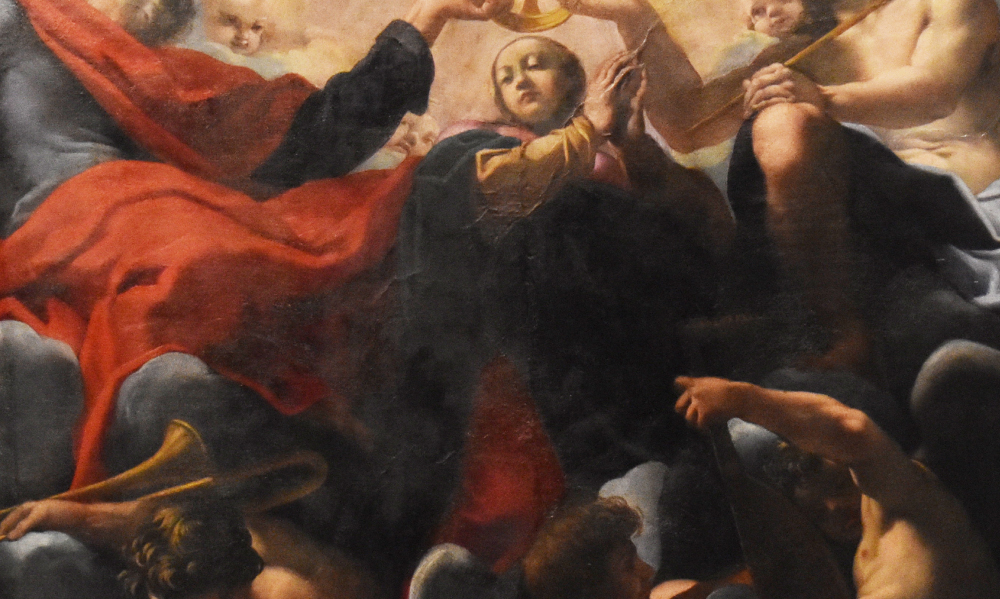
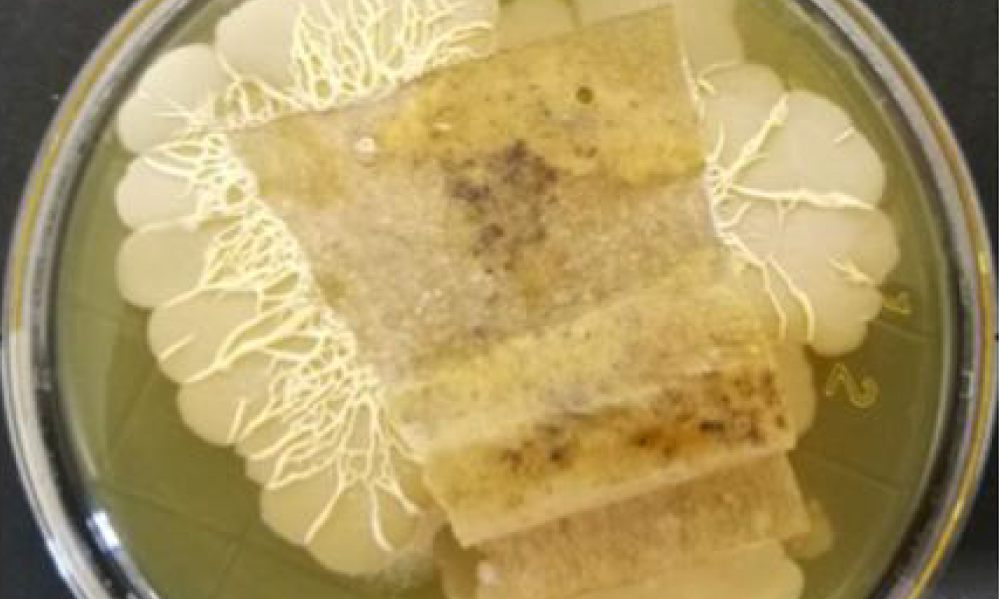
And finally, the late chemist, Roger Tsien was awarded the 2008 Nobel Prize in Chemistry “for the discovery and development of the green fluorescent protein, GFP”. His findings have enabled researchers to watch cells live at work and see how a certain protein can be expressed by an organism – essentially, the GFP gene can fuse with the protein-encoding gene.
Below you can see a San Diego beach scene made using eight colours palette of bacterial colonies. This used fluorescent proteins derived from GFP. The artwork is by Nathan Shaner and was created in the lab of Roger Tsien himself in 2006. end
